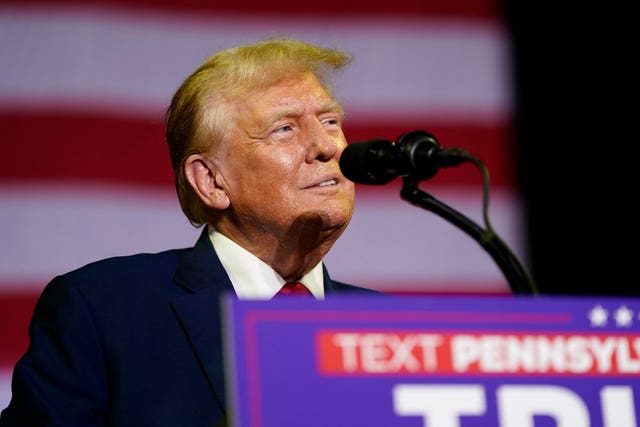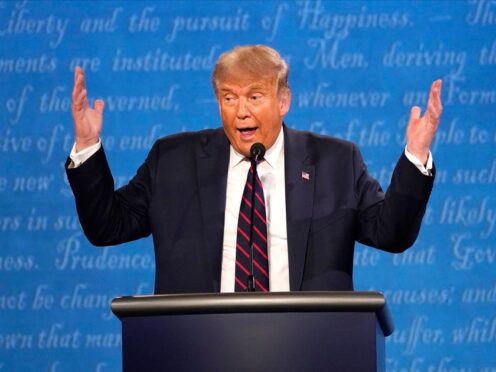The federal judge presiding over the classified documents case of former US president Donald Trump granted a defence request for a hearing on whether prosecutors improperly breached lawyer-client privilege when they obtained crucial evidence from one of Trump’s ex-lawyers.
But US district judge Aileen Cannon also denied a request for a hearing on a separate Trump team claim that the Justice Department had submitted false or misleading information in an application for a warrant to search the Republican ex-president’s Florida estate for classified records two years ago.
The order amounts to a mixed result for both sides and ensures further delays in a criminal case that has already been snarled by significant postponements, resulting in the indefinite postponement of a trial that had been set to begin on May 20 in Fort Pierce, Florida.
In a bid to suppress as evidence the classified documents seized by the FBI during the August 8, 2022, Mar-a-Lago search, defence lawyers have said the Justice Department omitted or misrepresented certain facts in its application to a magistrate judge to obtain a warrant.

They argued, for instance, that the application should have noted that a senior FBI official proposed seeking the consent of Mr Trump’s lawyers for a search rather than obtaining a court-authorised search warrant.
But Judge Cannon sided with special counsel Jack Smith’s team in finding that neither that nor any other of the alleged omissions raised by the defence had any bearing on whether or not prosecutors had sufficient probable cause to search the property.
“Even accepting those statements by the high-level FBI official, the motion offers an insufficient basis to believe that inclusion in the affidavit of that official’s perspective (or of the dissenting views of other FBI agents as referenced generally in his testimony) would have altered the evidentiary calculus in support of probable cause for the alleged offences,” she wrote.
But her order was not a complete win for the government as she said she would schedule a separate hearing to consider the question of whether prosecutors had improperly obtained the co-operation of Mr Trump’s lawyers through an exception to lawyer-client privilege.
Defence lawyers are ordinarily shielded from being forced to testify about their confidential conversations with their client but can be compelled to do so if prosecutors can show that their legal services were used in furtherance of a crime — a doctrine known as the crime-fraud exception.
The then-chief federal judge in the District of Columbia, Beryl Howell, agreed with Mr Smith’s team that the exception applied and ordered grand jury testimony from two of Mr Trump’s lawyers.
She also directed one of his lawyers, M Evan Corcoran, to turn over audio recordings that documented his impressions of conversations he had had with Mr Trump about returning the documents. Those conversations are repeatedly cited in the indictment and held up by prosecutors as incriminating evidence.
“It is the obligation of this court to make factual findings afresh on the crime-fraud issue,” Judge Cannon wrote. “And a standard means by which to make such findings —as is customary in criminal suppression litigation — is following an evidentiary hearing at which both sides can present evidence (documentary and testimonial, as applicable).”
